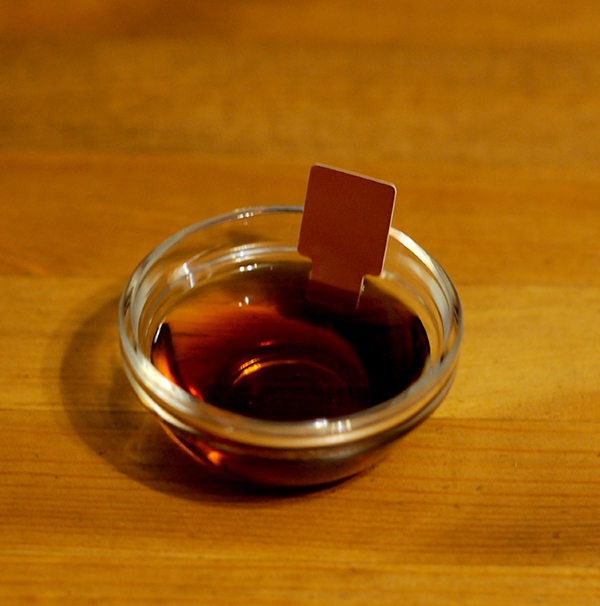
Malt Vinegar Color Notation Munsell Color System; Color Matching from
Caramel Malt 60L (Left) and Black Malt (Right) at 20 SRM. The Caramel Malt 60L and Black Malt worts in each of the photo are the same SRM, i.e., they have the same effect on blue-violet light. However, there is a difference in perceived color because of how these worts effect red, orange and yellow light; the Caramel Malt 60L wort will allow.
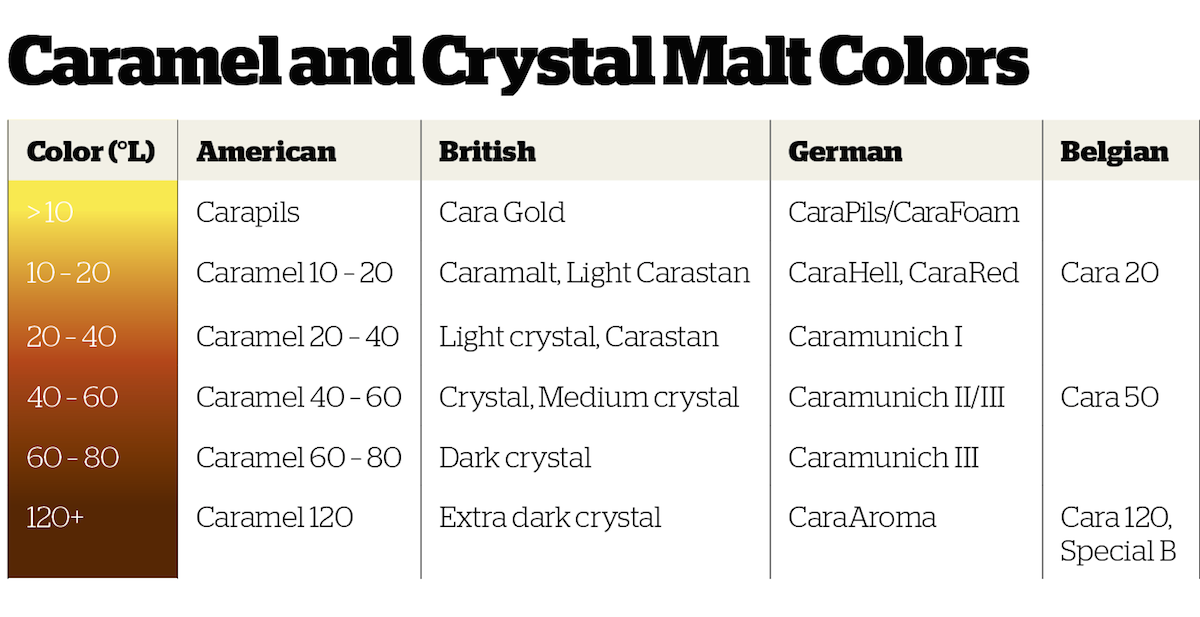
Malt The Soul of Beer Craft Beer & Brewing Magazine
Malt Color Units. Malt color units, otherwise known as MCU, are yet another great way to estimate the color of beer. It is useful for determining beer color that will be derived in recipes that call for multiple grains. At times, MCU and SRM values may appear the same, however, much of the time, they will differ. EBC Scale

Malt
Mastering the Critical Vocabulary. Color (°SRM, °L): The color of any malt varies from lot to lot, and the color range of a malt type varies widely from maltster to maltster. From the maltster's point of view, it is of some advantage to have a unique color range because it makes switching malts and malt suppliers more difficult; a brewer contemplating switching suppliers would have to make.
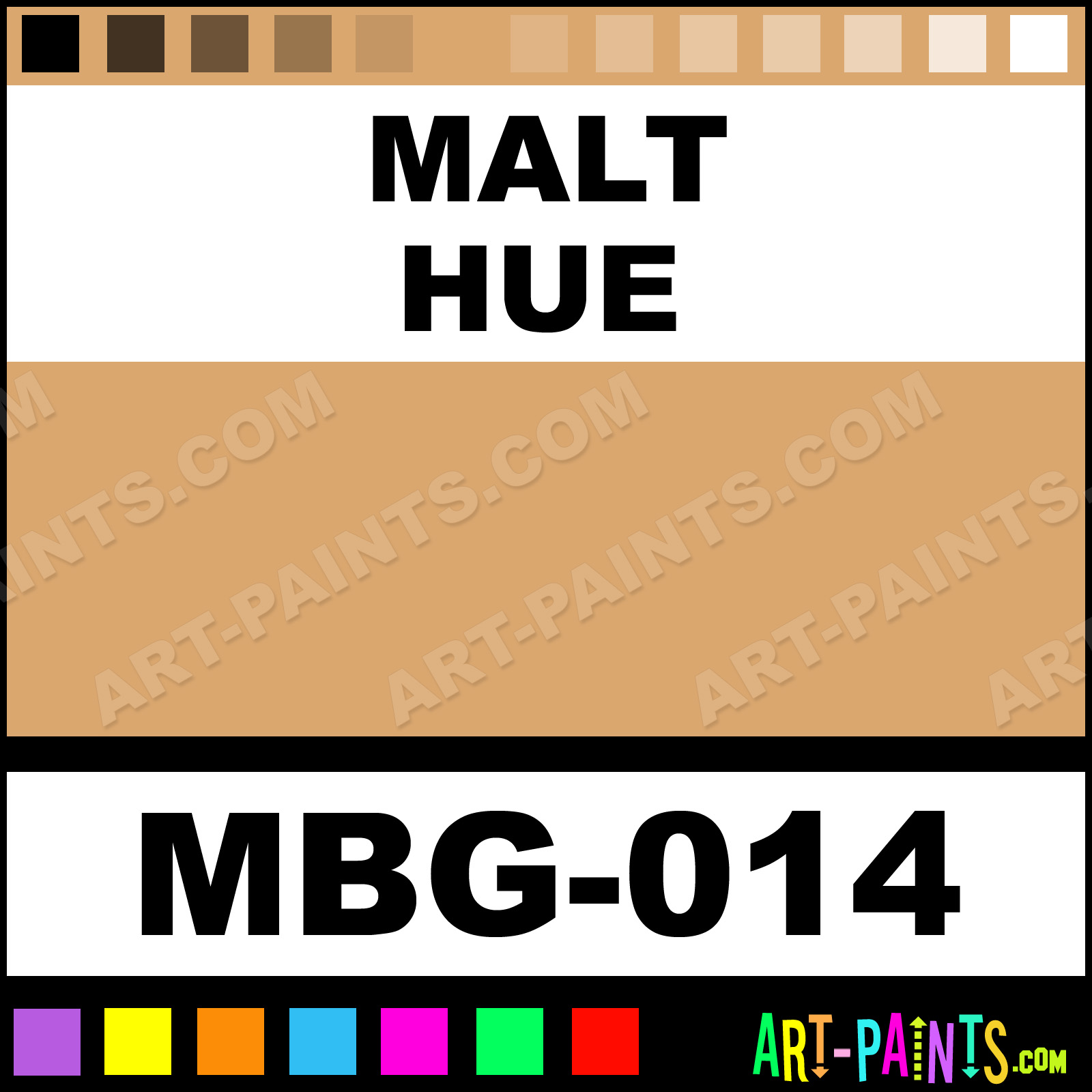
Malt Cone 6 Ceramic Paints MBG014 Malt Paint, Malt Color, Coyote
Malt Color Units (MCU) is an easy way for brewers to calculate the approximate color expected in a given recipe with multiple grains and adjuncts. This is especially useful for recipes that you are making for the first time. In order to calculate MCU of a recipe, the calculation is:
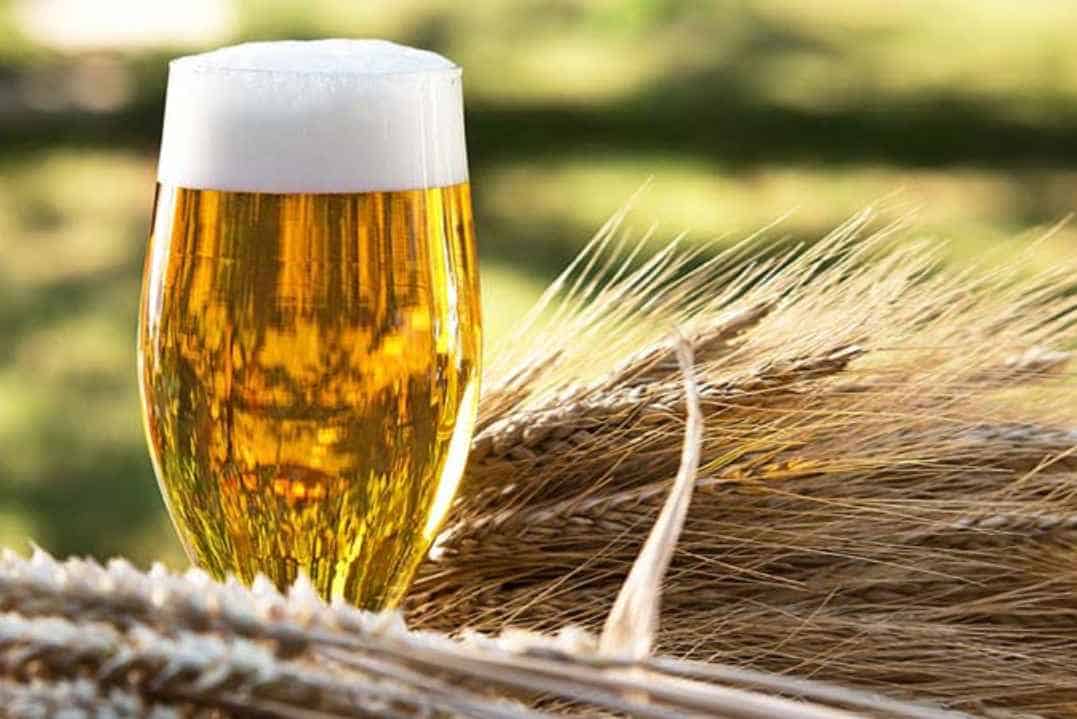
What is Malt in Beer? (Base Malts and Specialty Malts)
Color and Appearance: The color of malted barley influences the color of the final beer. Lighter malts result in pale or golden beers, while darker malts produce amber, brown, and even black hues. The visual appeal of beer is important to consumers and can be an indicator of the beer's flavor profile.

Dulux malt chocolate walls Living room color schemes, Chocolate walls
The color malt is a warm, light brown hue. It is commonly associated with a light golden brown color and is often used in the coloring of items, from wood and furniture to paint and textiles. Its warm, inviting, and inviting nature make it suitable for both residential and commercial settings. Malt is often used as an accent color because of.

COLOR MALT TYPE FABRIC
I have noticed a lot of variation in Munich malts from different maltsters and I'm trying to understand the difference between Munich Light, Medium, and Dark malts. I can order Munich Light in 5, 8, 15, and 30 °L, and Munich Dark comes in 8, 15, and 50 °L colors. There are also malts offered as Munich 10 °L, Munich 20 °L, and Munich 60.
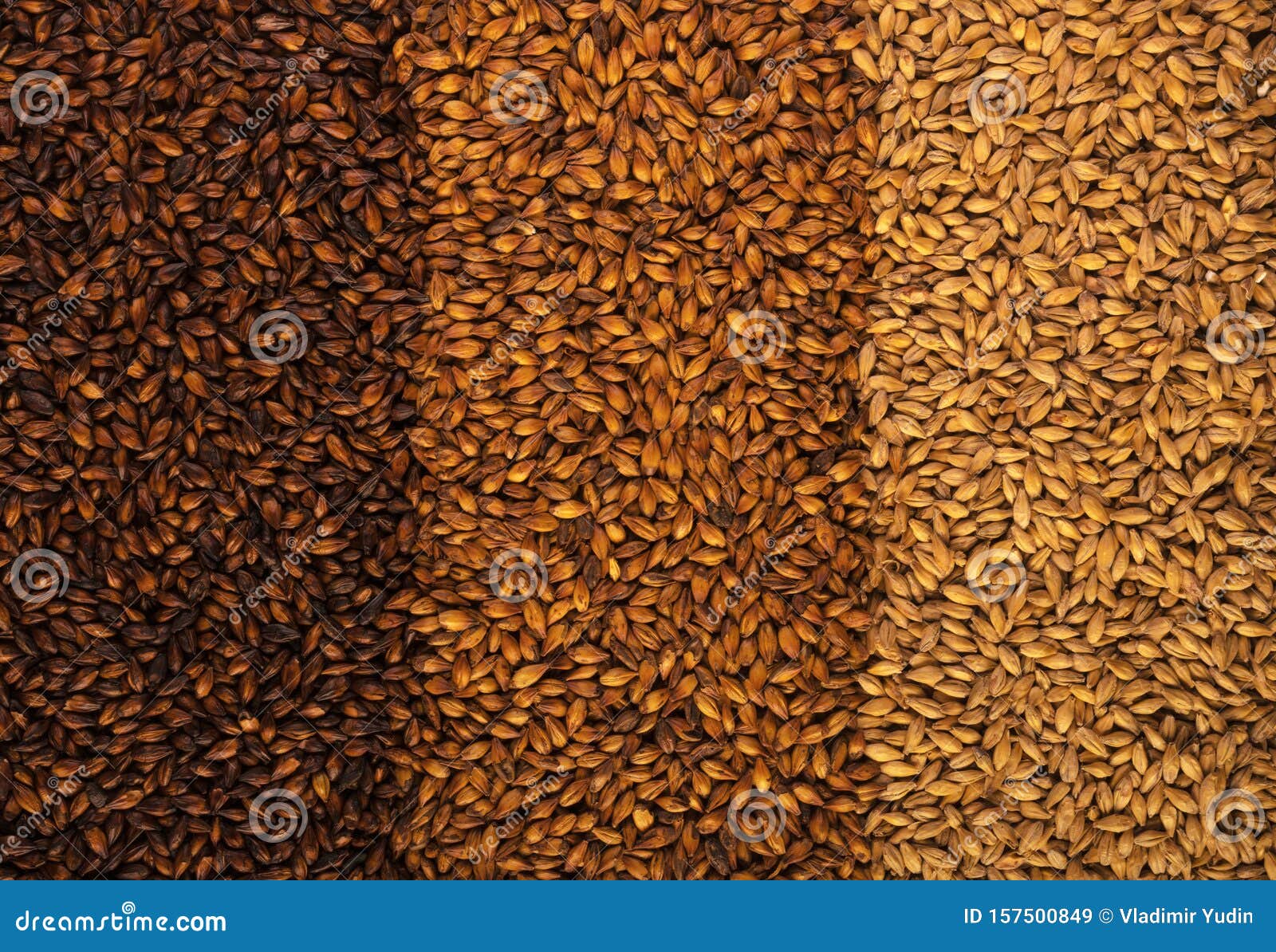
3 Types of Barley Malt for Beer. Stock Image Image of brew, home
Significance: A second five-star malt attribute because of its impact to a finished beer is color. Malt is normally the largest source of beer color in beers over 3 SRM and invariably, if tight controls for color are desired, formulations may have to be adjusted to hit your target color. While volumes have been written about the importance of.
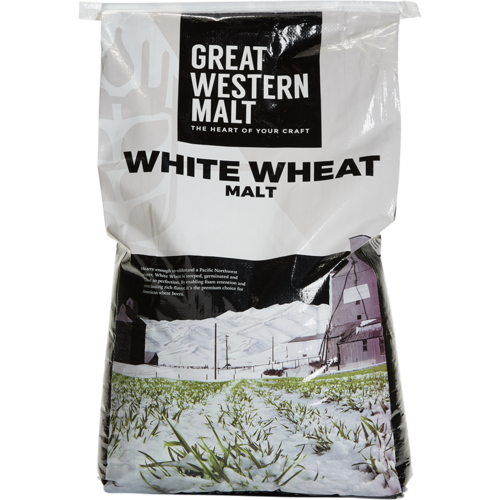
White Wheat Malt Great Western Malting MoreBeer
The Standard Reference Method ( SRM) is a color grading system used extensively by brewers to predict the color of the final malt. This method uses the SRM color value, multiplied by 12.7 times the log of the reduction in amplitude experienced by the light of a wavelength of 430 nanometers in passing through a cuvette of 1cm.
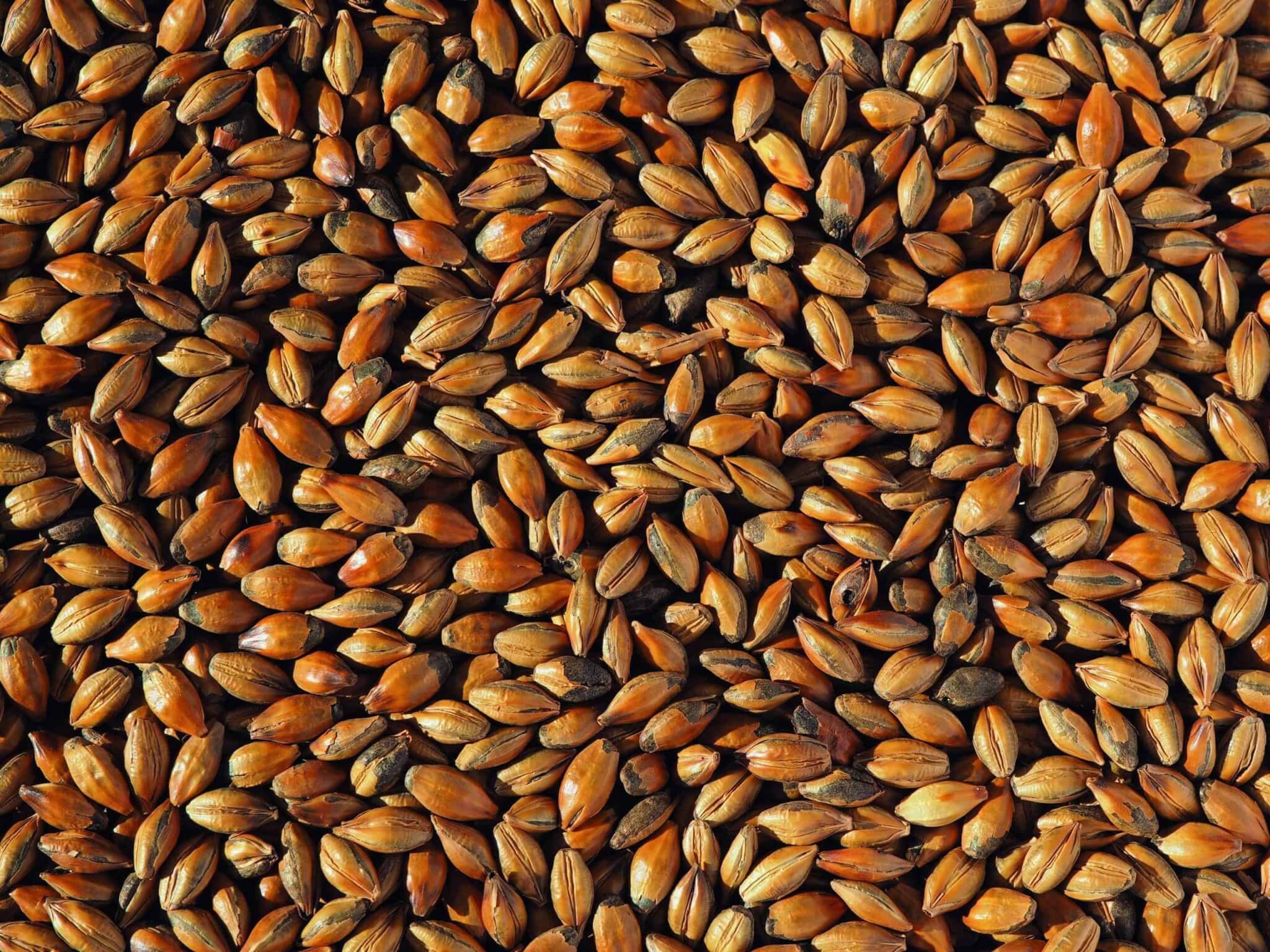
Crisp Brown Malt Cactus Craft
Color is a very important descriptor for malts; the color of a malt is measured and listed in degrees Lovibond. Generally speaking, there is an association b.

Color spectrum of Weyermann Malt Malts, Pale Ale, Pilsner, Color
Beer Color Demystified 07/15/2012. by Ray Daniels (Brewing Techniques) Part I: How to Measure Beer Color in the Home and Microbrewery . Beer color, also referred to as beer SRM, represents a great void in the beer literature — little has been published on the topic, and few understand its theoretical or practical aspects.
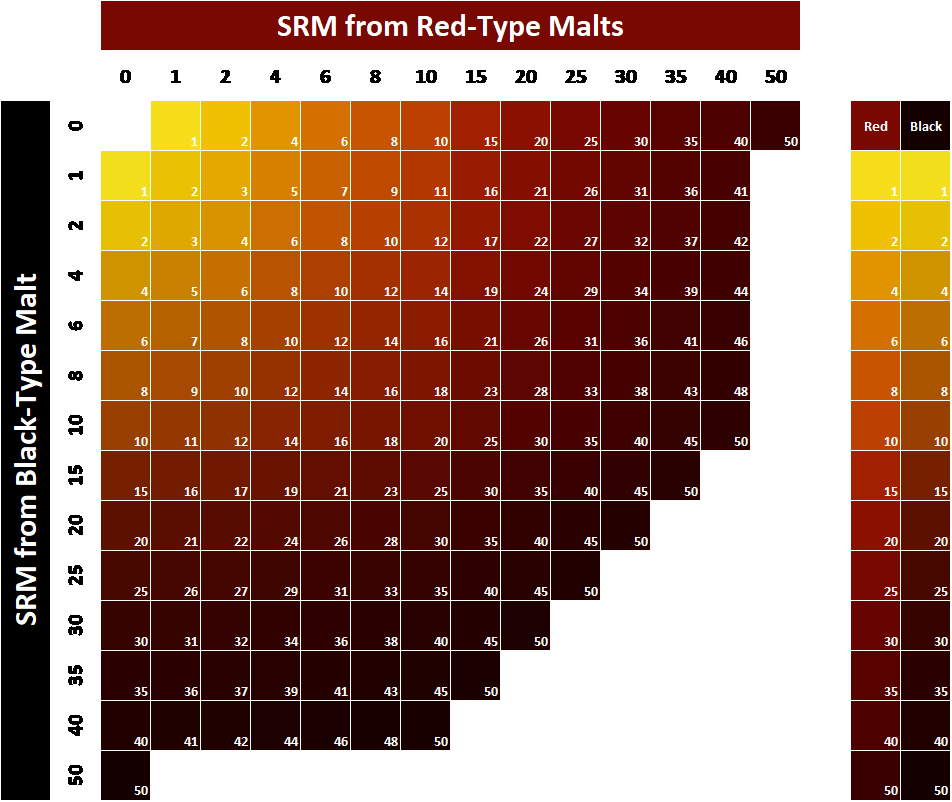
Predicting Beer Color Based on Formulation Brewing With Briess
Malt Color. The scale used for measuring malt color is called Lovibond or Degrees Lovibond. This is usually abbreviated using the symbol °L. The degree of lovibond assigned to a grain is based on wort that is created in a lab. The varying color can range from as low as 1° for a very light base malt, to as high as 500 °L.

Flexcolor CQ Malt 1 GAL SALE Tile Stone Source
Malt has the hex code #D4B890. The equivalent RGB values are (212, 184, 144), which means it is composed of 39% red, 34% green and 27% blue. The CMYK color codes, used in printers, are C:0 M:13 Y:32 K:17. In the HSV/HSB scale, Malt has a hue of 35°, 32% saturation and a brightness value of 83%. Details of other color codes including equivalent.

Glenfarclas 10yr Single Malt Scotch Whisky
Contact Us. 18110 SE 34th St. Ste 240. Vancouver, WA 98683. (360) 693-3661. Click for Contact us Form.

COLOR MALT TYPE WALLPAPER
Chocolate malt will add a dark color and pleasant roast flavor. Small quantities lend a nutty flavor and deep, ruby red color while higher amounts lend a black color and smooth, rich, roasted coffee or cocoa-like flavor. Use 3 to 12%. Chocolate is an essential ingredient in porters, along with caramel malts.

Malt Your Own Barley Craft Beer & Brewing
The 'flavor volume' is louder, but the malt still has to be interesting." A low-color base malt can be a great tool for portfolio differentiation, too. With a visual connotation of approachability and lightness, a low-color malt can help surprise increasingly been-there, done-that craft drinkers. "Think of double IPA" says German.